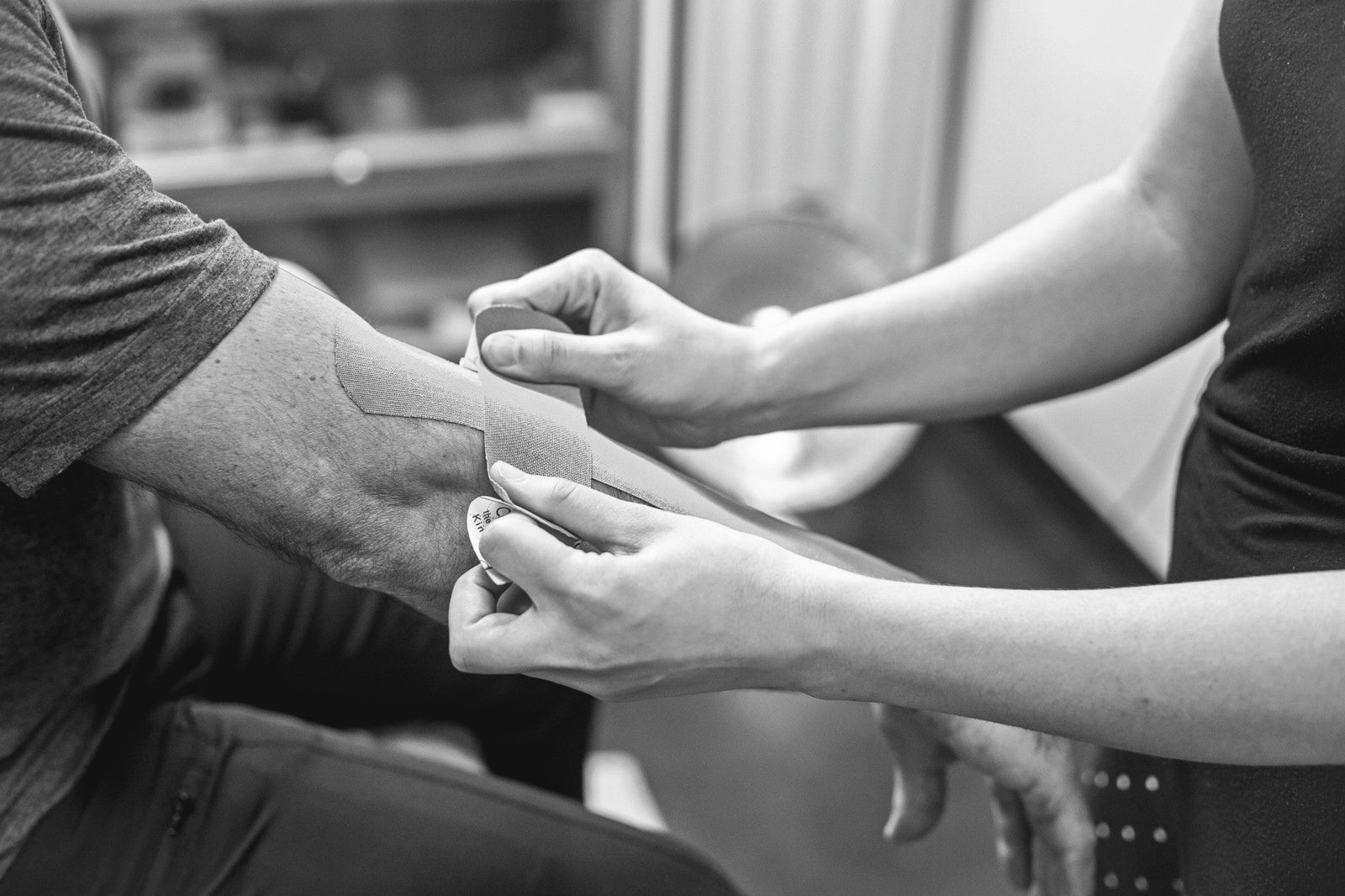Everyone has experienced that moment of bracing themselves before enduring the prickly pain of removing a bandage from their skin. Ouch! What's worse is that it leaves behind a residue that's just as uncomfortable.
Furthermore, many people suffer from skin injuries as a result of adhesives, especially when using larger bandages.
If you're interested in learning how to remove bandage adhesive from your skin, take a look at the information below.
How to Remove Bandage Adhesive
Bandage adhesive is a nuisance, and while most people tolerate it, they don't have to. Luckily, there are several ways to get rid of that sticky residue once and for all. To remove bandage adhesive from skin, follow these tips.
1. Adhesive Remover Wipes
One of the quickest and most effective ways to get rid of adhesive residue is to use remover wipes. There are adhesive remover products that are specially designed to eliminate bandage residue. Simply wipe the pad over the sticky area and, voila.
2. Remove Bandages After a Bath
When a bandage is tightly bonded to your skin, take a bath. Sitting in water weakens the adhesive, making it easier for the bandage to come off.
Once it's removed, you can wash the area to get rid of the residue. If you soak in the bath first, the adhesive should come off easily. This method is great for kids because it ensures that the removal process is painless.
3. Coat the Residue With Oil
If you're looking for a simple method of how to remove adhesive from skin, this is it. Oil works by dissolving the residue and causing it to loosen its grip on your skin.
You can use baby oil, coconut oil, vitamin E oil, and other skin-safe oils to coat the area. It's also a good idea to let it temporarily sit on the skin before attempting to wipe it off.
4. Rubbing Alcohol
Rubbing alcohol is effective in dissolving most adhesives. Just put a small amount on a cotton ball, place it over the residue for a few seconds, then proceed to rub it off.
Be aware that rubbing alcohol can dry out the skin. So, you may want to apply a moisturizer afterward.
5. Nail Polish Remover
If you're looking for another clever way of how to remove bandage adhesive, try nail polish remover. It works wonders for taking off glues and adhesives because it contains acetone.
Apply it with a cotton swab or Q-tip, then set it on the sticky spot for a few minutes. After several moments, try to remove it.
Be advised that all nail polish removers don't contain acetone, so check the ingredients before using it. If it doesn't include acetone, it won't have the solvent needed to dissolve the bandage residue.
6. Petroleum Jelly
Petroleum jelly works similar to oils when it comes to removing adhesive off of the skin. The good thing about petroleum is that it's thick, which makes it easier to adhere to the skin for a longer time. Keep it on the area for about 5 to 10 minutes, then wipe it off with a cloth towel or paper towel.
7. Freeze the Adhesive
Apply an icepack or bag of ice cubes over the sticky residue. By doing so, it freezes the adhesive and makes it brittle. Once it's brittle, it's easier to peel off. Place it over the area for a few moments to allow it time to stiffen, then remove the adhesive.
8. Warm Compress and Oil
Another effective way to remove bandage adhesive from skin is by using a warm compress. The warmth will loosen the residue and the water will wash the oil and lotion off.
Apply the oil first, then lay a warm towel over the area. Let it sit for a few seconds, then proceed to wipe the stickiness off.
9. Soap and Water
Using chemicals like alcohol and acetone can irritate the skin. After using those types of products, be sure to wash the area with soap and water. It helps to completely remove the remainder of the residue and cleanse the chemicals from the skin.
What Is MARSI?
Carefully removing adhesive from the skin is about more than getting rid of sticky residue. For some people, it can cause Medical Adhesive Removal Skin Injury (MARSI).
It happens as a result of a weakened bond between skin layers that become injured once pressure-sensitive adhesives are removed.
Not all people are at risk of MARSI after removing a bandage. However, some are more prone than others. When removing adhesive, consider these types of people:
Babies: Babies have delicate skin and the connection between the epidermis and dermis is weaker than that of adults. Use a safety method when removing adhesive from their underdeveloped skin.
Elderly Adults: As people grow older, the skin loosens and weakens. Softer skin results in separation of the skin layers, especially during adhesive removal. Elderly skin must be treated with the same care as babies.
Malnutrition: People who are malnourished or dehydrated also have weak skin. If you are taking care of someone who is malnourished, please remove the bandages carefully.
Certain Medications: Some meds, like Corticosteroids, create thinning skin and puts patients at a higher risk of suffering from MARSI. It also delays their skin from healing.
Eliminate Skin Irritation
These tips and tricks for how to remove bandage adhesive works like a charm and should make your skin feel a lot better. If you need adhesive remover and other medical supplies, take a look at our inventory.
Save Rite Medical provides numerous health products from breast pumps to diabetes supplies. If you have any questions, call us at 1-866-923-1544 or contact us online.
One of our helpful associates will get back to you within 24 hours.


